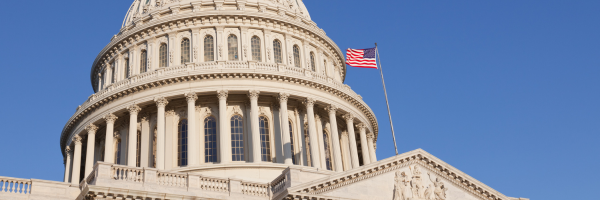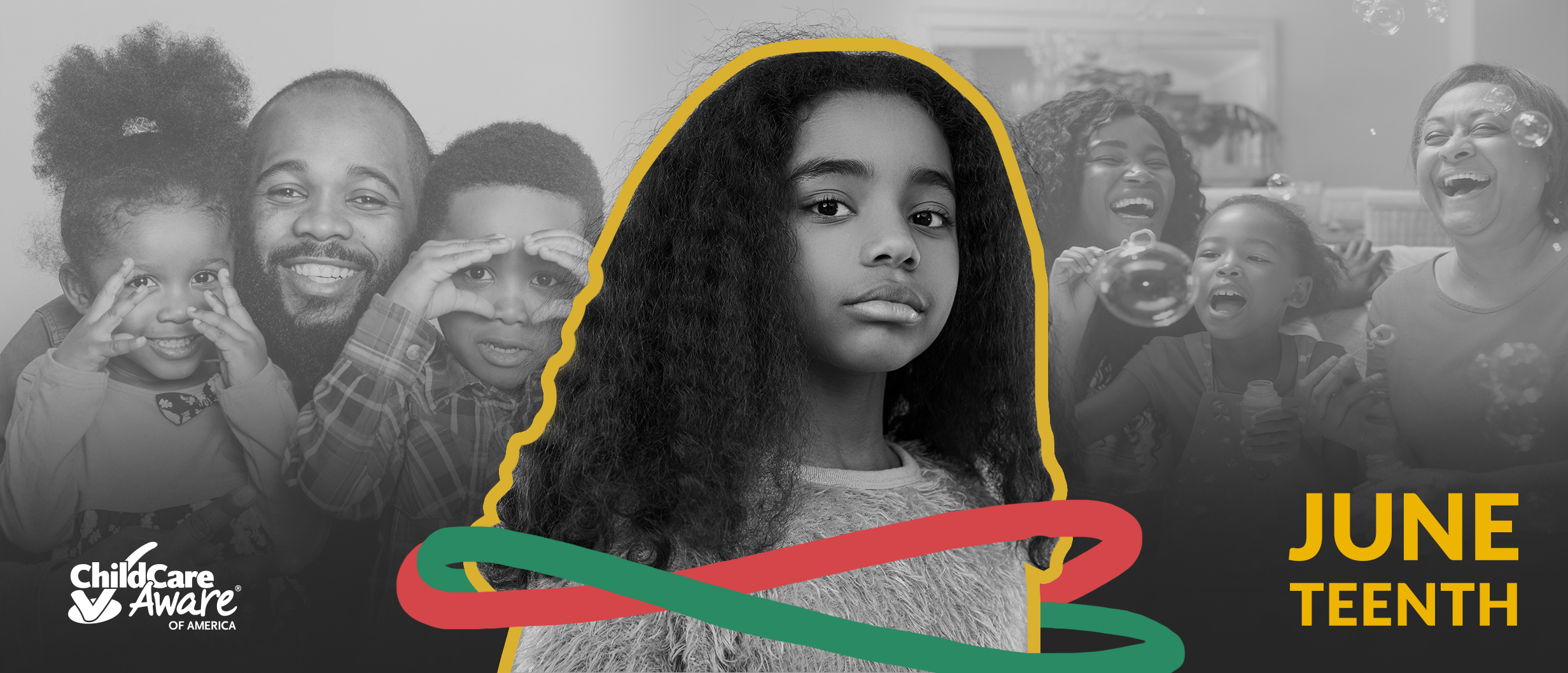
Federal relief for child care has been a lifeline to the sector. Congress approved $52.5 billion over three separate relief packages to help the child care sector recover and rebuild in the wake of the pandemic. Unfortunately, these one-time funds are dwindling as we are rapidly approaching state liquidation deadlines.
This blog shares how the child care advocacy community can integrate first-hand stories of providers and early childhood educators to convey to policymakers what’s at stake when this funding runs out and— most importantly— make the case for continued robust federal investments.
Maintaining Momentum under Looming Deadlines
This September marks the first of two deadlines for states to completely spend child care relief funding. An analysis by the U.S. Government Accountability Office (GAO) found that all state child care administrators have reported that they met last year’s obligation deadline for CARES, CRRSA and ARP Act stabilization funds. Therefore, states are on track to spend this funding by the September 2023 deadline. As of April 2023, states have spent an estimated $19.9 billion of the $24 billion allocated for ARP Act stabilization grants, with some reporting they have exhausted this funding entirely already. Of the $13.5 billion available under CARES and CRRSA funding to also be liquidated by September 2023, only $2.2 billion was estimated to still be unspent as of April 2023. Overall, $34.5 billion of the $52.5 billion (66%) in total child care relief funds has been liquidated, showing states are successfully spending down the robust one-time increases.
As the federal relief funds dwindle, some states, like Montana, are beginning to revert to more restrictive, pre-pandemic income eligibility limits for families and reimbursement rates to providers. Others states, like Alabama, are approaching the scheduled end of bonus payments for the early childhood workforce. As fall 2023 approaches, stabilization grant payments will run dry across all states, unless state general funds or remaining ARP Act discretionary funds are used to backfill these massive holes. Scaling back policies implemented with relief funding may result in a worsened child care crisis around workforce shortages and overall supply.
Over the next few months, we must keep the momentum around state progress going by amplifying the positive impacts resulting from robust federal investments in child care.
CCAoA’s Relief Funding Story Banking Process
Child care providers know best how important direct funding to their programs has been over the course of pandemic relief. Their stories illustrate the future progress that is possible everywhere with additional support for child care, and how further inaction by Congress will jeopardize the critical gains made so far.
To support providers who want to advocate by telling their own story, Child Care Aware® of America (CCAoA) created a platform to collect and share 90-second recorded testimonials from providers about the impact of the federal relief funding (specifically, stabilization grants) and what it will mean for their program, families and communities when this funding is no longer available.
Providers were asked to respond to four prompts:
- Please share brief information about you and your program (role, setting type, number and ages of children and staff, etc.)
- How have you/your program used stabilization grants funding?
- What will this mean for your/your program when this funding is no longer available?
- If additional funding was made available in the future, what would this mean for you/your program?
Providers Share a Consistent Message
A consistent response has emerged among providers that this funding has been a critical lifeline to strengthen their child care businesses and support their staff in a way the sector hasn’t experienced before. But there are deep concerns about whether their programs will be able to (1) continue retaining and recruiting staff, and (2) remain open and financially solvent when this funding eventually runs dry. In short, investments in child care have been immensely successful, and more funding is needed to sustain this progress. You can hear from the full playlist of these providers on CCAoA’s YouTube channel, or watch our two-minute highlight reel.
This feedback is in line with the results of a survey of over 12,000 early childhood educators in October 2022, conducted by the National Association for the Education of Young Children (NAEYC). From this study, 43% of child care center directors and 37% of family child care providers said their program will be forced to raise tuition for working parents when stabilization grants end. A survey conducted by the North Carolina Child Care Resource and Referral (CCR&R) Council found similar concerns among providers, with 8 in 10 child care programs of all types noting that they would be unable to continue the current hourly wages and/or bonuses for staff when their stabilization grant funding ends and that they would have to increase parents’ fees as a result. Uncertainty about future funding levels and policies is also a concern among state administrators.
So far, we have received videos from over 50 providers in 26 states. CCAoA’s campaign to fight for child care funding will include sharing provider videos on our social media channels and ensuring members of Congress receive their constituent stories. In recording their story, many providers have advocated for the first time.
Best Practices for Successful Story Banking
There are a few contributing factors that make this story banking project a success. These include:
- Sense of Urgency. The looming federal relief deadlines are top of mind for providers and have created a sense of urgency in speaking up about the significance of this funding. This is a topic that providers are experts on and can speak to.
- Established Relationships. Having established, trusted partners across the country has been key in getting the word out to providers nationwide about the opportunity to record a story. CCAoA is partnering with child care resource and referral agencies and other state organizations, who then share the opportunity with their local and state networks of providers.
- Accessible Tools. For this story banking we are using an easy, accessible tool through Gather Voices that offers tips for recording and prompts users through the four questions. This platform allows providers to easily record on a cell phone, tablet or laptop at a time convenient with their schedules.
- Simple Messaging. We keep the messaging used in our outreach to our networks clear and are distributing the opportunity through both email blasts and personalized messages. We follow up with reminder emails. The questions we ask providers were straightforward and relevant to their personal experience.
- Prioritizing Agency. To protect the privacy and agency of providers, providers are notified and required to sign an easy-to-read release form stating that they understand how their videos might be used in social media posts, directly with policymakers or at an event. As a result, some providers feel more comfortable sharing their responses via email and asking to remain anonymous. Making minimal edits only to remove long pauses or background noise ensures the authenticity of providers’ stories is kept intact.
Advocacy Next Steps and Actions
Providers and educators paint a clear picture – public investments in child care lead to positive impacts. As relief funding reaches its final stages, it’s important that we tell policymakers this story. Now is the time to increase our support for child care, not decrease.
You can support this work by:
- Follow CCAoA on Twitter, Facebook and Instagram. Join in on the conversation online by sharing your story using #FundingChildCareWorks.
- Reshare our social media posts featuring the videos already collected.
- If a video from your state is available on our YouTube playlist, share and tag your relevant legislators.
- Share our request to record new videos. Every voice counts and the more voices we can amplify, the better!
- Stay in the loop throughout the year on all things CCAoA policy and advocacy by becoming an advocate.
- Borrow our idea and create your own story collection project on the impact of federal relief funding. Please reach out to us if you have any questions on how to replicate this idea on your own by contacting takeaction@usa.childcareaware.org.





